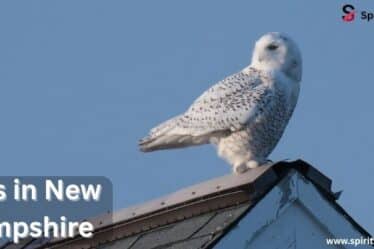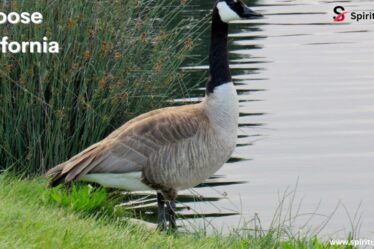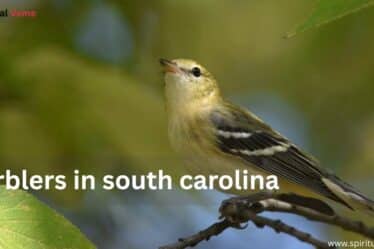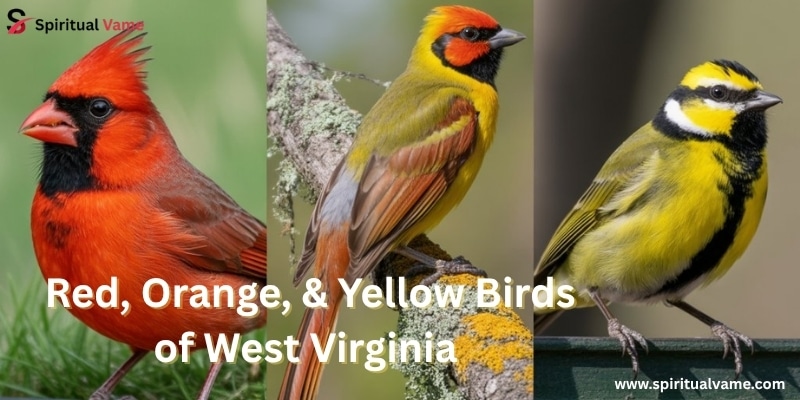
West Virginia is home to many beautiful birds, especially ones with bright colors. If you love birdwatching, you’ll enjoy spotting red, orange, and yellow birds in West Virginia. These colorful birds live in forests, fields, and even backyards. Some stay all year, while others visit during spring and summer. Their bright feathers make them easy to spot and fun to watch.
In this guide, you’ll learn about the most common red, orange, and yellow birds West Virginia has to offer. Each bird is special, with its own colors and songs. From the bold Northern Cardinal to the sunny American Goldfinch, these birds add beauty to every part of the state.
Red birds of West Virginia
The red birds in West Virginia are known for their vivid feathers and charming songs. These birds are common in woodlands, near streams, and even in your backyard.
Northern Cardinal
One of the most famous is the Northern Cardinal (Cardinalis cardinalis). With its bright red body, black face, and sharp orange bill, it’s impossible to miss. This bird is found year-round across the eastern U.S. and is the state bird of West Virginia. They’re often seen in trees near homes and are easy to attract with feeders.
American Robin
Another common red bird is the American Robin. These birds are often seen hopping around on lawns with their brick red breasts and brownish-gray backs. While females are slightly duller, they’re still beautiful. American Robins enjoy open country and deciduous trees. They live in West Virginia year-round and are one of the first signs of spring when they start singing in the mornings.
House Finch
The House Finch (Haemorhous mexicanus) adds a soft red touch to feeders. Males have red foreheads, eyebrows, and chests, while their backs are dusty brown and streaked. With their curved conical bills and cheerful songs, they’re a delight for birdwatchers. These birds are found around residential areas all year and often visit feeders for seeds.
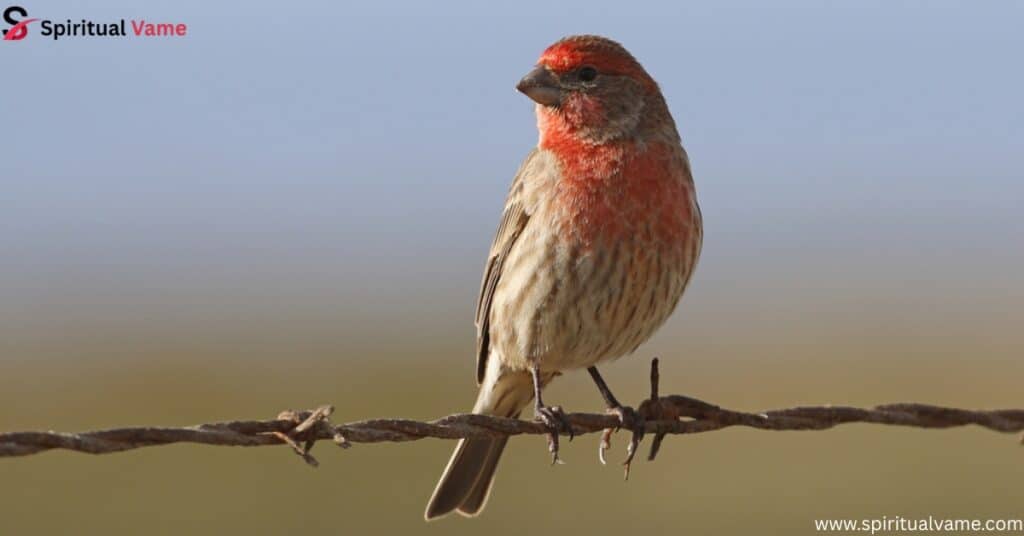
Ruby-throated Hummingbird
If you’re lucky in the summer, you might spot the Ruby-throated Hummingbird. Males are known for their stunning ruby-red throat, dark green backs, and white chests. These tiny birds love woodland edges and feeders with sugar water. They’re fast and agile, hovering as they sip nectar from flowers.
Scarlet Tanager
The Scarlet Tanager is one of the most eye-catching birds in West Virginia’s forests. Males have brilliant red bodies with black wings and tails, while females are olive-green. These birds spend the summer in deciduous woods, high in the canopy. They’re shy but worth the effort to find.
Orange birds of West Virginia
Orange birds bring a soft glow to the West Virginia landscape. Many of these birds visit during warmer months, nesting in trees or feeding in open spaces.
Eastern Towhee
The Eastern Towhee is a ground-dwelling bird with black above, rusty-orange sides, and white wing patches. It loves dense brush and forest edges, especially during summer. Southern populations may stay year-round.
Barn Swallow
The Barn Swallow adds color to the skies with its purple-blue back and orange underparts. With a long forked tail and fast flight, this bird builds mud nests in barns, under bridges, or near wetlands. You’ll often see them swooping over fields catching insects.
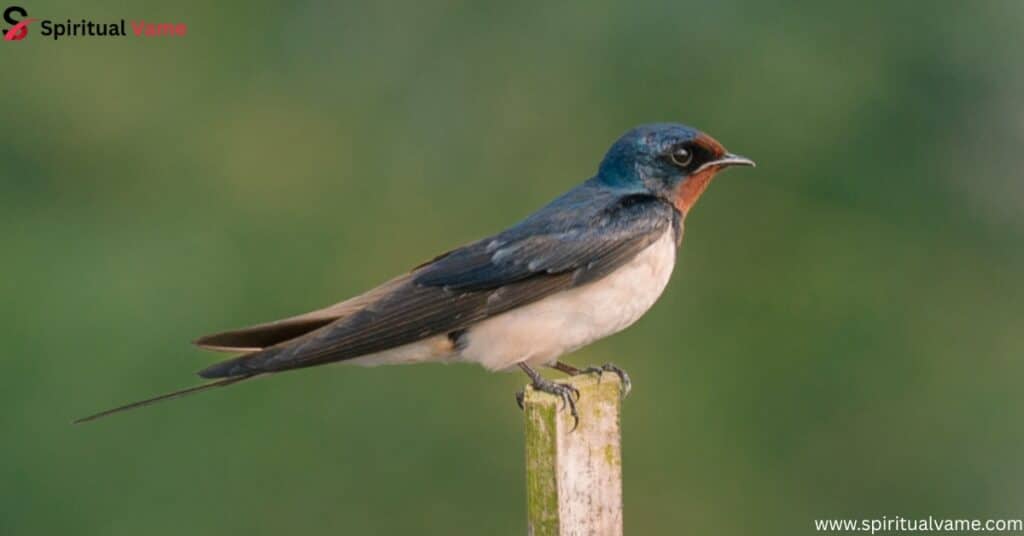
Wood Thrush
The Wood Thrush, with its soft orange tone, fills summer woodlands with its flutey song. It prefers mixed deciduous woods where it nests low and sings at dawn and dusk. Their song is both beautiful and haunting.
Brown Thrashers
Brown Thrashers are known for their streaked buff underparts and rusty-orange back. Two white wing bars help identify them. These birds live near woodland edges and thickets, especially in summer.
Red-shouldered Hawk
The Red-shouldered Hawk stands out with its raptor build and rusty-orange barred chest. It’s commonly found in forested wetlands and is known for its loud, repeated calls. They hunt for small mammals and reptiles.
American Redstart
Small but fiery, the American Redstart is a warbler with jet black upperparts and orange-red wing and tail patches. Males flash their tails while foraging. Females and young have more yellow than orange. Carotenoids in their diet help produce these bright colors.
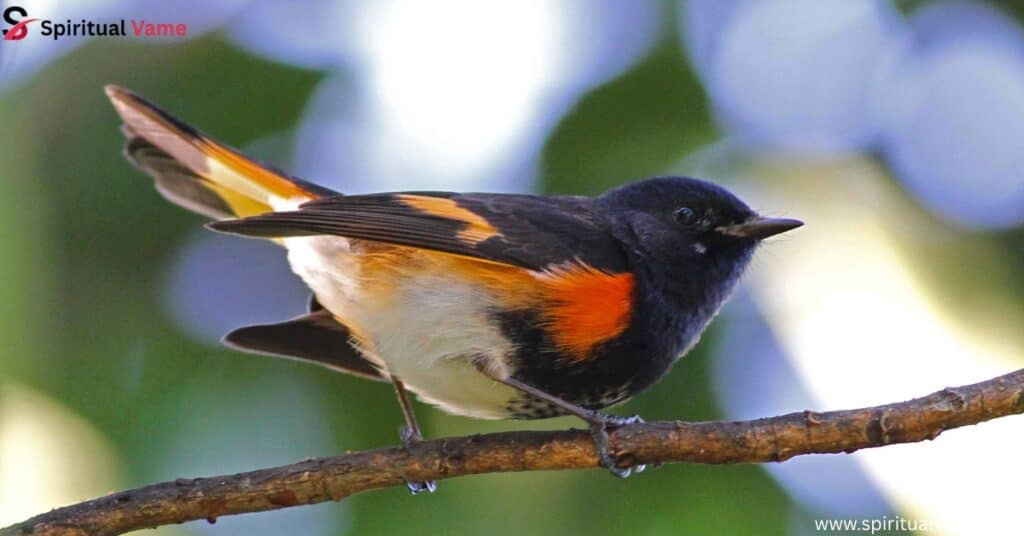
Baltimore Orioles
Baltimore Orioles are striking birds with bright orange and black coloring. They weave hanging nests in trees and are often seen in parks or near open woods. Their close relatives, Orchard Orioles, are slightly smaller and have cinnamon-orange bodies with black heads.
American Kestrel
The American Kestrel is the smallest falcon in North America, with a rusty-orange back and tail. It hovers while hunting in open fields and can be seen perched on wires across West Virginia.
Yellow birds of West Virginia
Yellow birds are among the most common bright birds across West Virginia, especially during the warmer months.
American Goldfinch
One of the most recognized is the American Goldfinch (Spinus tristis), a vivid yellow bird with a black cap, black wings, and white wing bars. These birds are small—measuring around 3.9–4.7 inches (10–12 cm) and weighing 0.4–0.7 oz (11–20 g). They feed on seeds, are strict vegetarians, and even feed upside down. You’ll see them visiting feeders and singing a cheerful tune near gardens and open fields.
Northern Flickers
Northern Flickers are a unique kind of woodpecker. They have brownish backs with black spots, but their underwings and tails show flashes of yellow. These birds are often seen on the ground searching for ants rather than pecking trees. Their bright markings make them easy to identify.
Cedar Waxwings
Cedar Waxwings have a sleek, silky look with waxy red tips on their wings and a yellow stripe across their tails. They travel in flocks, especially where berries are found. Their call is a high-pitched whistle, and they’re often seen feeding in trees or near water.
Common Yellowthroat
The Common Yellowthroat (Geothlypis trichas) is a small bird with a bright yellow chest, olive back, and, in males, a black face mask. Females are paler and lack the mask. Measuring about 11 cm and weighing around 7.6 g, these birds live in dense shrubs and marshy areas. Their song sounds like “witchety-witchety,” and they are often active during migration.
Yellow-rumped Warbler
Another familiar bird is the Yellow-rumped Warbler, also called Myrtle Warbler (Setophaga coronata coronata). They have a gray body, white wing bars, and bright yellow patches on their rump and underwings. About 4.7–5.5 inches (12–14 cm) in size and weighing 12–13 g, these warblers are versatile foragers. They feed in trees, on the ground, and even near seaweed.
Black-throated Green Warbler
In forest canopies, the Black-throated Green Warbler stands out with its green back, black throat, and yellow face. These birds prefer mixed forests and conifers, where they flit through branches in search of insects.
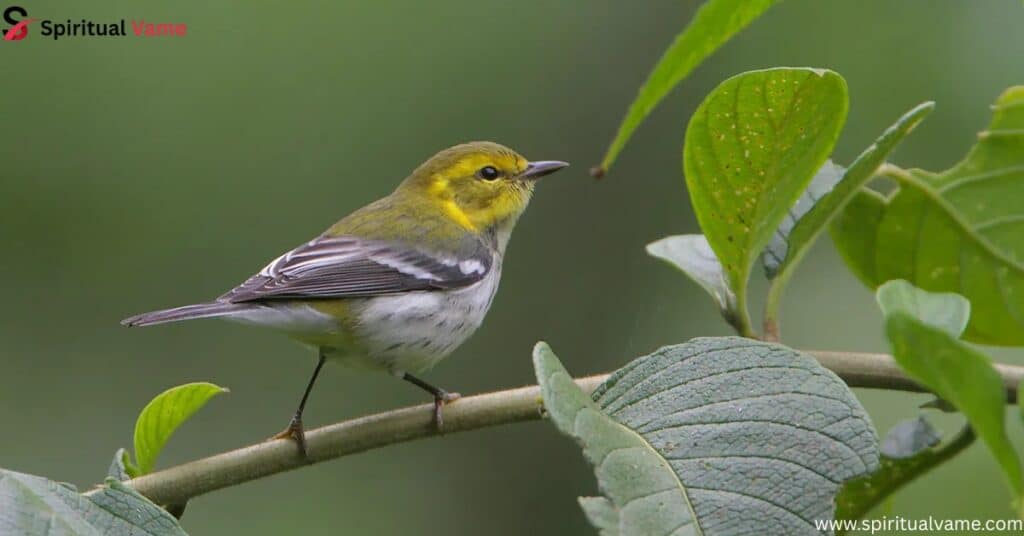
Eastern Meadowlarks
Eastern Meadowlarks are grassland birds with bright yellow underparts and a black V across their chest. They sing clear, flute-like whistles from fence posts and are most common in prairies and pasture lands.
Yellow Warbler
The Yellow Warbler (Setophaga petechia) is easy to spot with its egg-yolk yellow body and fine chestnut streaks. These round-headed warblers are about 4.7–5.1 inches (12–13 cm), weigh 0.3–0.4 oz (9–11 g), and have a wingspan of about 16–20 cm. They nest in wetlands and shrubby thickets and are known to resist brood parasitism by Brown-headed Cowbirds by building layered nests up to six times.
Hooded Warbler
The Hooded Warbler wears a black hood and cowl around its bright yellow face and underparts. It’s usually seen in swampy forests and dense understory, flashing its white tail corners as it hops around.
Yellow-throated Warblers
Yellow-throated Warblers have a clean gray body, a bright yellow throat, a black face mask, and a white eyebrow. They’re often seen high in pine or sycamore trees, searching for insects.
Great Crested Flycatcher
The Great Crested Flycatcher has a big head, strong bill, gray face and breast, brown upper parts, and a lemon-yellow belly. With a cinnamon underside to its tail, it stays in open woodlands and is more often heard than seen.
Yellow-throated Vireo
Yellow-throated Vireo is a plump songbird with a blue-gray back, white belly, olive-yellow head, and spectacles around its eyes. With a bright yellow throat and wing bars, it nests in deciduous woods along the edges and sings from high perches.
Conclusion
West Virginia’s natural beauty shines even brighter with the vibrant presence of red, orange, and yellow birds. From the vivid yellow feathers of the American Goldfinch to the striking red plumage of the Northern Cardinal, each bird adds a splash of color to the forests, meadows, and backyards across the state. These birds aren’t just beautiful—they also reflect seasonal changes, habitat diversity, and the health of local ecosystems.
Whether you’re spotting the tiny Wilson’s Warbler along the forest edge, watching a Scarlet Tanager high in the trees, or listening to the sweet whistle of an Eastern Meadowlark, every encounter is a chance to connect with nature. With their unique songs, dazzling plumage, and fascinating behaviors, these birds make birdwatching in West Virginia a truly rewarding experience. Keep your eyes open, your binoculars ready, and enjoy the colorful charm that these feathered treasures bring to the Mountain State.

